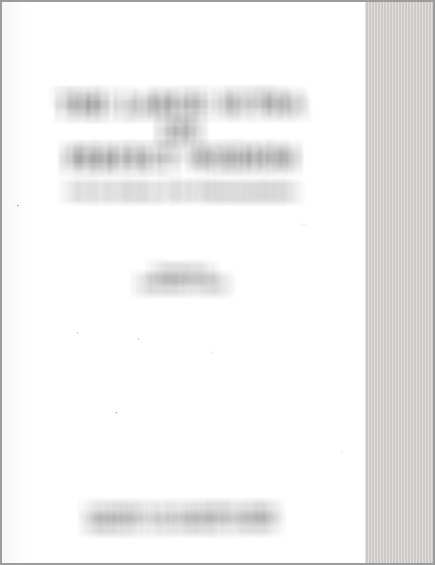Hanuman Nataka (critical study)
by Nurima Yeasmin | 2015 | 41,386 words
This page relates ‘Hanuman-Nataka, Act 7 (Summary)’ of the English study on the Hanuman-nataka written by Shri Damodara Mishra in the 11th century. The Hanumannataka is a Mahanataka—a fourteen-act Sanskrit drama dealing with the story of Rama and Hanumat (Hanuman) and presents the events in the lifes of Rama, Sita, Ravana and Hanuman (the son of Anjana and Vayu—the God of the Winds) based on the Ramayana story.
Hanuman-Nāṭaka, Act 7 (Summary)
The 7th Act of the Hanumannāṭaka deals with the festival of Vijayādaśamī, the conversation between Vibhīṣaṇa and Rāvaṇa, and the solution of the problems arising out of refuging the construction of a bridge by the ocean.
In this Act it is found that Rāma went to kill Rāvaṇa on the day of the festival called Vijayādaśamī.[1] But when the Bhillis said that Rāma had no weapons, horse, elephant[2], their mothers said that success came to the powerful man by bravery and skill only, not by horse or elephant.[3] When Vibhīṣaṇa said Rāvaṇa to make Sītā liberated, Rāvaṇa became angry and replied that he was ready to die but not ready to give back Sītā.[4] The ocean did not allow to make a bridge over it to cross it over. Then Rāma became very angry and wanted to dry up the water by his bow and arrow.[5] After that the ocean made assent and Nala made the bridge and they crossed the ocean.[6] This Act is known as Setubandhana.
Footnotes and references:
[1]:
atha vijayadaśamyāmāsvine śuklapakṣe daśamukhanidhanāya prasthito rāmacandraḥ/
dviradavidhumahābjairyūthanāthaistathānyaiḥ kapibhiraparimāṇairvyāptabhūdikkhacakraḥ // ibid.,VII.2
[2]:
[3]:
[4]:
[5]:
rāmaḥ saroṣam—
cāpamānaya saumitre rāghave’dhijyadhanvani/
samudraṃ śoṣayiṣyāmi padā gacchantu vānarāḥ// ibid., VII. 18
[6]:
tataḥ prāñjalipuṭopasthitasya samudrasyājñayā nalena nibadhyamāne setau tarataḥ prastarānavalokyāha hanūmānye majjanti nimajjayanti ca parāṃste prastarā dustare vārdhau vīra taranti vānarbhaṭān santārayante’pi ca / naite grāvaguṇā na vāridhiguṇā no vānarāṇāṃ gunāḥ śrīmaddāśaratheḥ pratāpamahimārambhaḥ samujjṛmbhate// ibid.,VII.19
